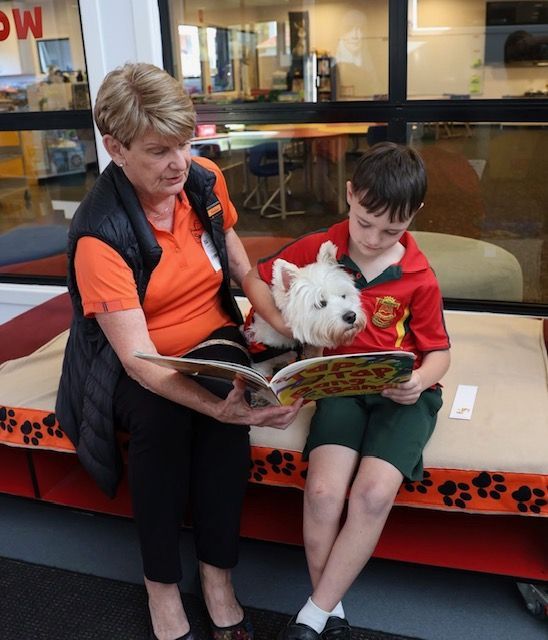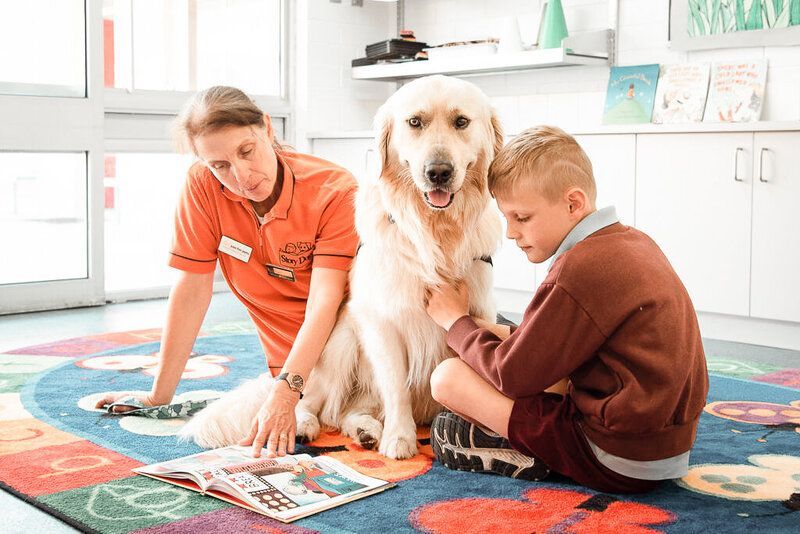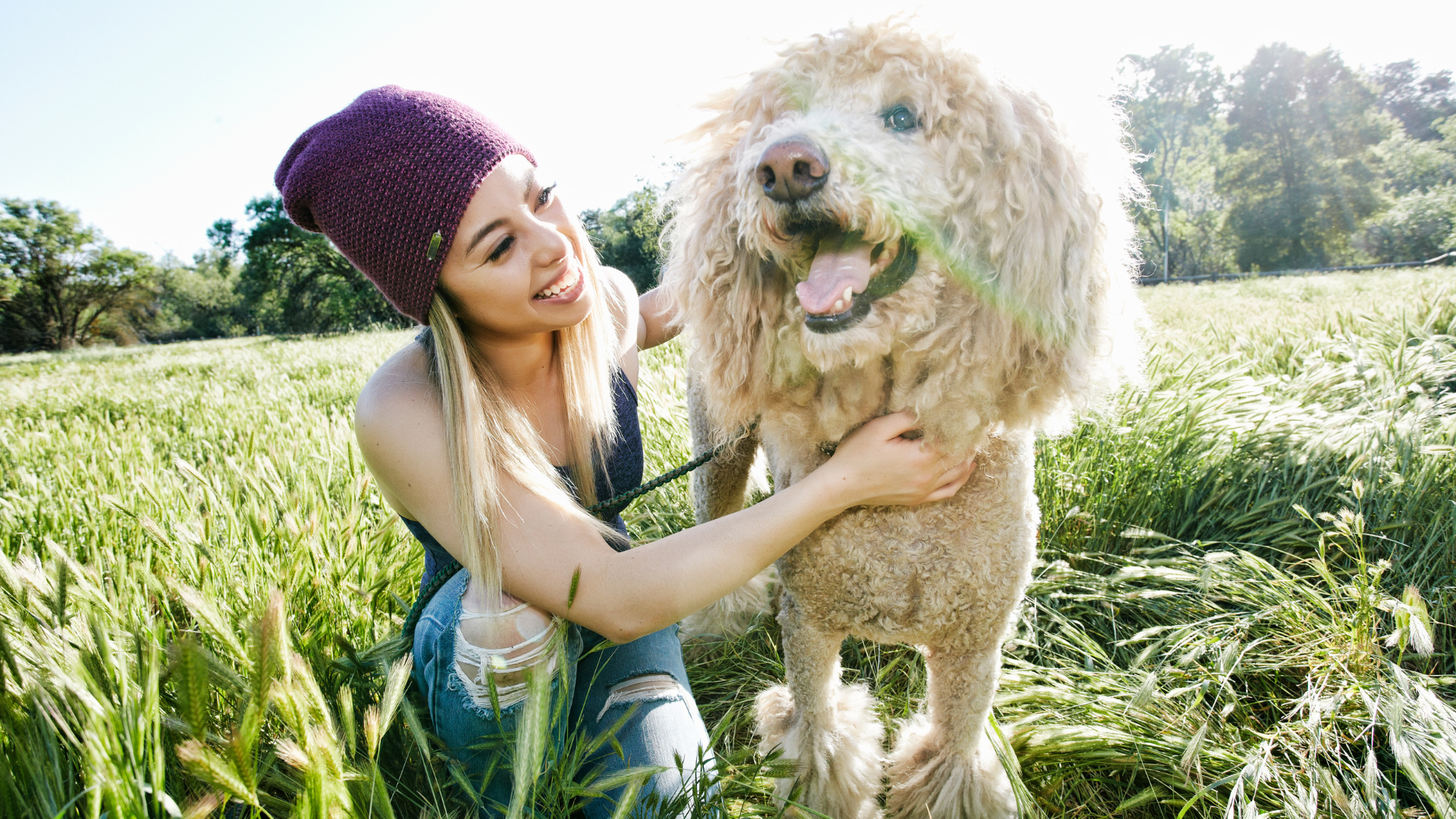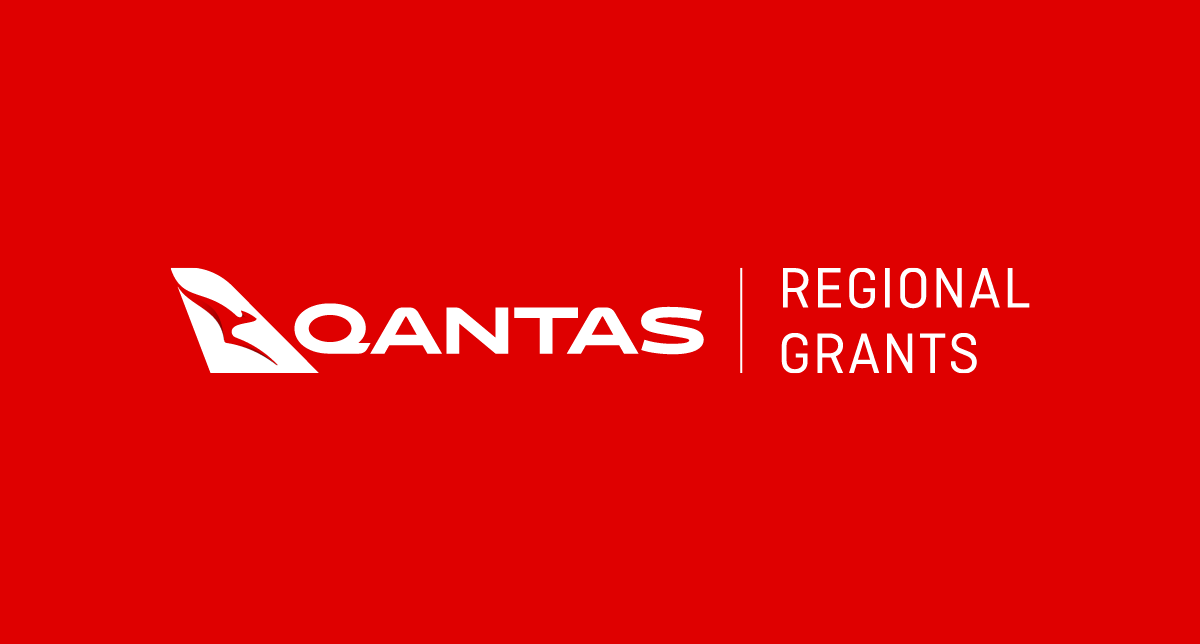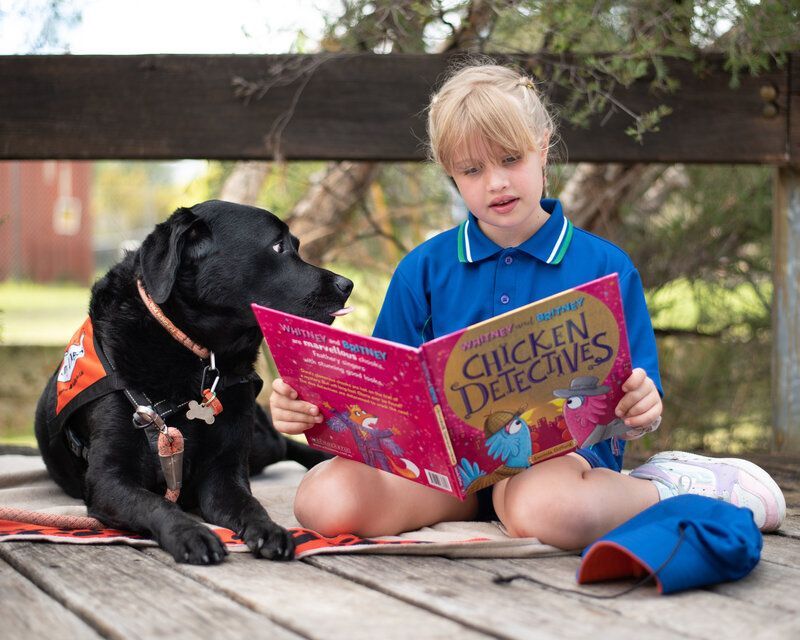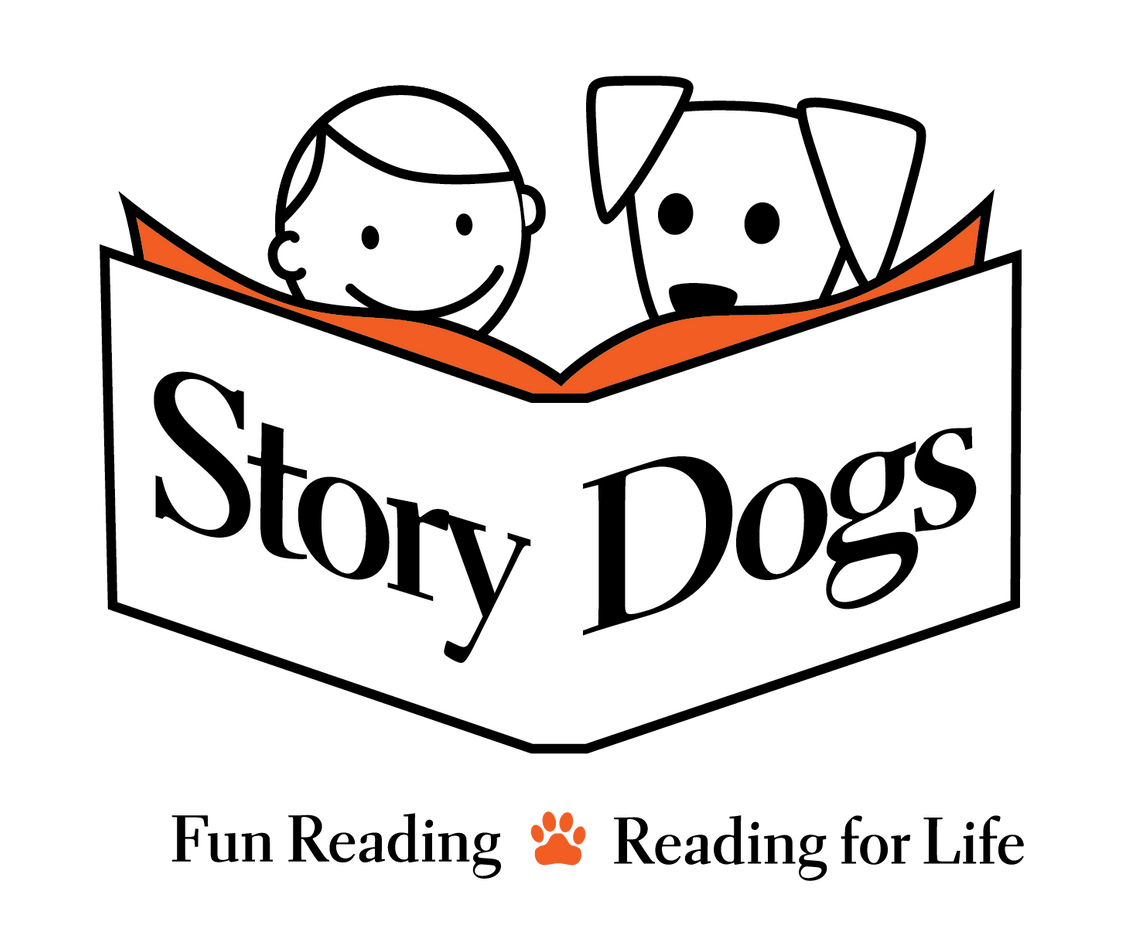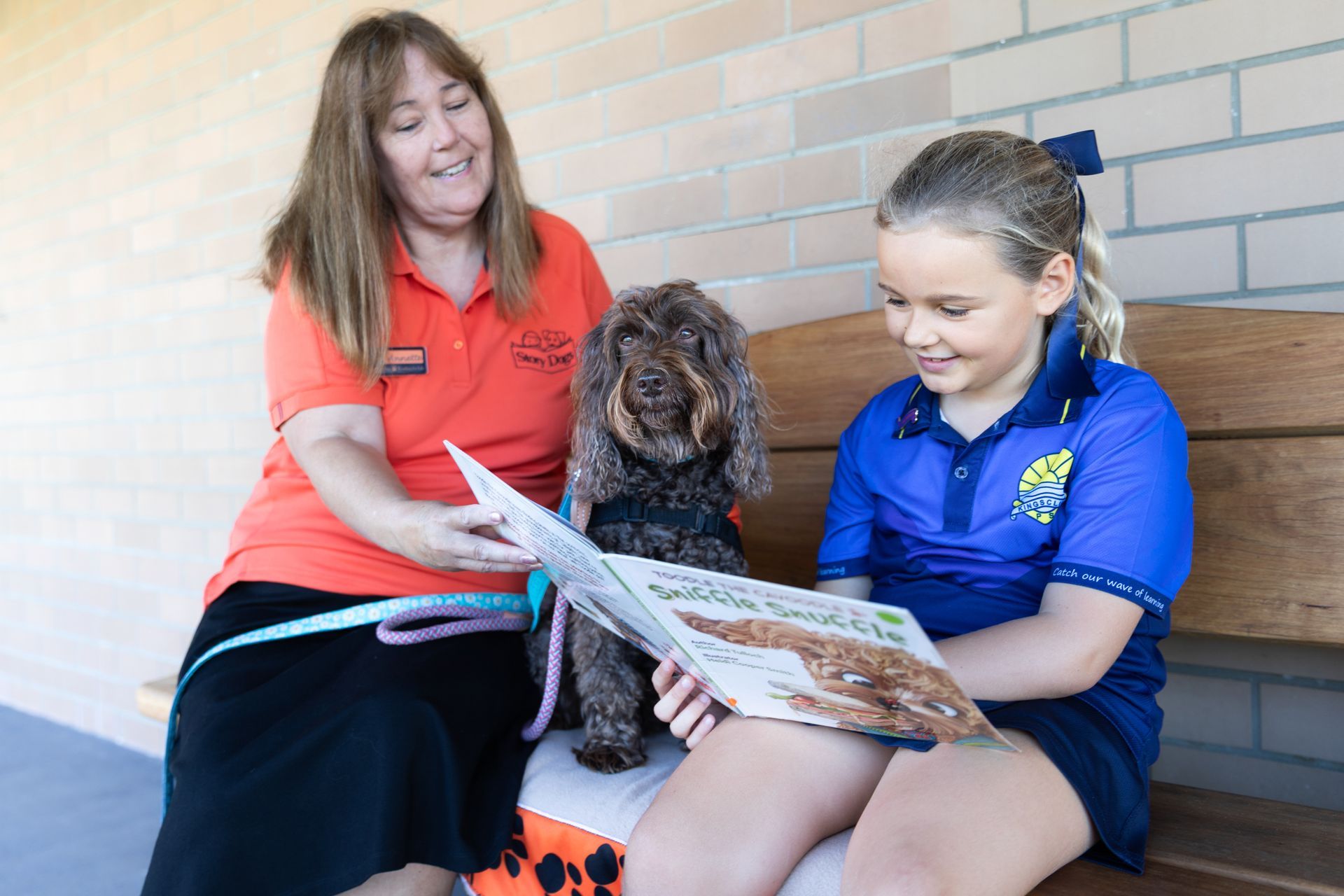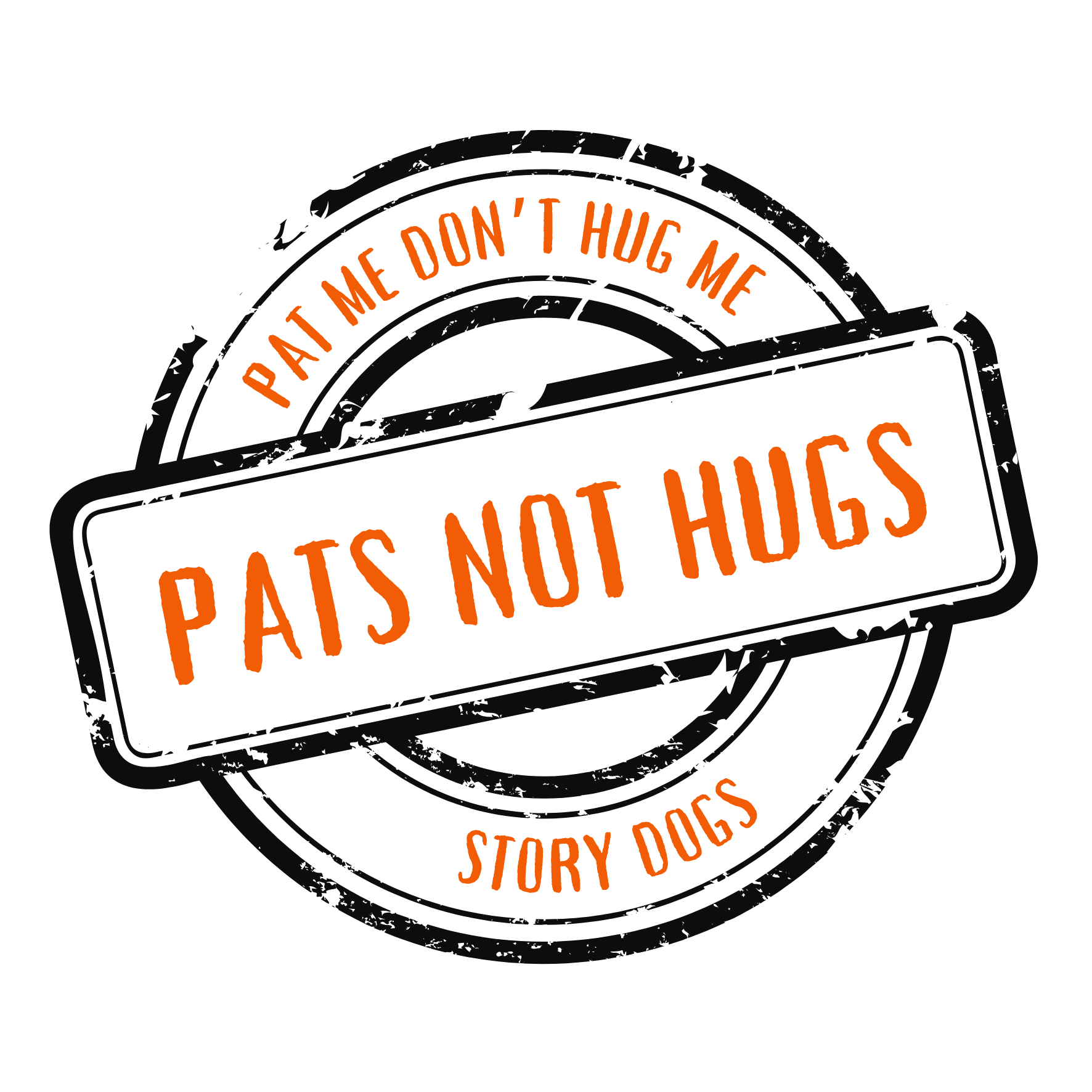The NAPLAN 2024 Wake-Up Call
Why Story Dogs is Needed Now More Than Ever

The 2024 NAPLAN (National Assessment Program Literacy and Numeracy) results have once again underscored the critical need for additional reading support among Australian students, particularly those in Year 3. These assessments provide valuable insights into the literacy and numeracy skills of students across the country, and this year's data reveals a concerning trend: a significant number of young learners are struggling with reading and are at risk of falling behind.
The NAPLAN 2024 Reading Results: A Closer Look
NAPLAN categorizes student performance into four main areas:
- Exceeding: Students in this category surpass expectations, demonstrating advanced skills.
- Strong: These students meet challenging yet reasonable expectations, showing a solid grasp of the material.
- Developing: Students in this group are progressing but have not yet met the expected standards. They are on their way but require continued guidance.
- Needs Additional Support: This critical category highlights students who are not achieving the expected learning outcomes and are likely to need extra help to keep pace with their peers.
The 2024 NAPLAN results show that over 34,000 Year 3 students fall into the "Needs Additional Support" category for reading. This figure represents a significant portion of the student population and highlights the urgent need for targeted interventions.
Here's a breakdown of the Year 3 reading results by state:
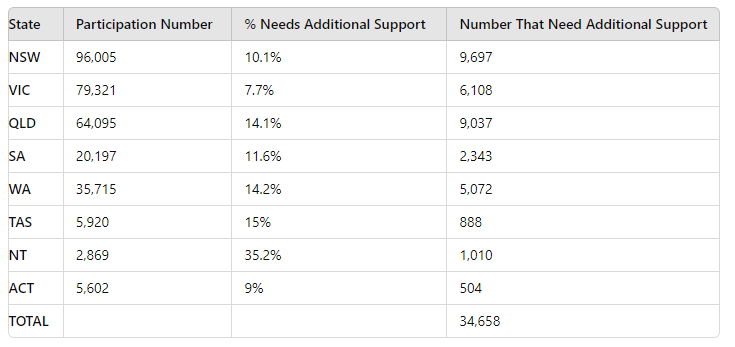
These figures paint a stark picture of the challenges faced by Year 3 students across Australia. In some states, the percentage of students needing additional support is alarmingly high. For instance, in the Northern Territory, over 35% of students require extra help with reading, while Queensland and Western Australia also have significant proportions of students in need.
How Story Dogs is Making a Difference
At Story Dogs, we are committed to addressing this pressing issue by providing targeted reading support to children who need it most. Our program currently helps close to 3,000 students each week, offering a unique and effective approach to improving literacy skills. However, with over 34,000 students identified as needing additional support, we are only reaching 8% of the children who could benefit from our services.
Our method is simple but powerful: we pair trained, gentle dogs with students who are struggling with reading. These canine companions provide a non-judgmental and comforting presence, allowing children to read aloud without the fear of making mistakes. This positive and encouraging environment helps build their confidence, improve their reading skills, and develop a lifelong love of learning.
The Growing Need for Support
The 2024 NAPLAN results highlight the increasing demand for programs like Story Dogs. With such a large number of students falling into the "Needs Additional Support" category, it's clear that more resources and interventions are needed to prevent these children from falling further behind.
The situation is particularly urgent in states like Queensland, where 14.1% of Year 3 students require additional help, and the Northern Territory, where the figure rises to a staggering 35.2%. These students are at a critical juncture in their education, and without the right support, they risk being left behind in their academic journey.
The Road Ahead: Expanding Our Reach
At Story Dogs, we are dedicated to expanding our reach to help more children succeed. However, we cannot do this alone. We rely on the support of our community, volunteers, and sponsors to continue making a difference in the lives of these young learners.
Whether through volunteering, sponsoring a dog, or simply spreading the word about our program, everyone can play a part in helping us bridge the literacy gap. Together, we can ensure that more children receive the support they need to thrive, both in school and in life.
Join Us in Making a Lasting Impact
The journey to literacy is a critical one, and with your help, we can make sure that no child is left behind. By supporting Story Dogs, you are helping to create a brighter future for thousands of children across Australia. Let's continue to make reading a joy for every child—one story, and one wagging tail, at a time.

